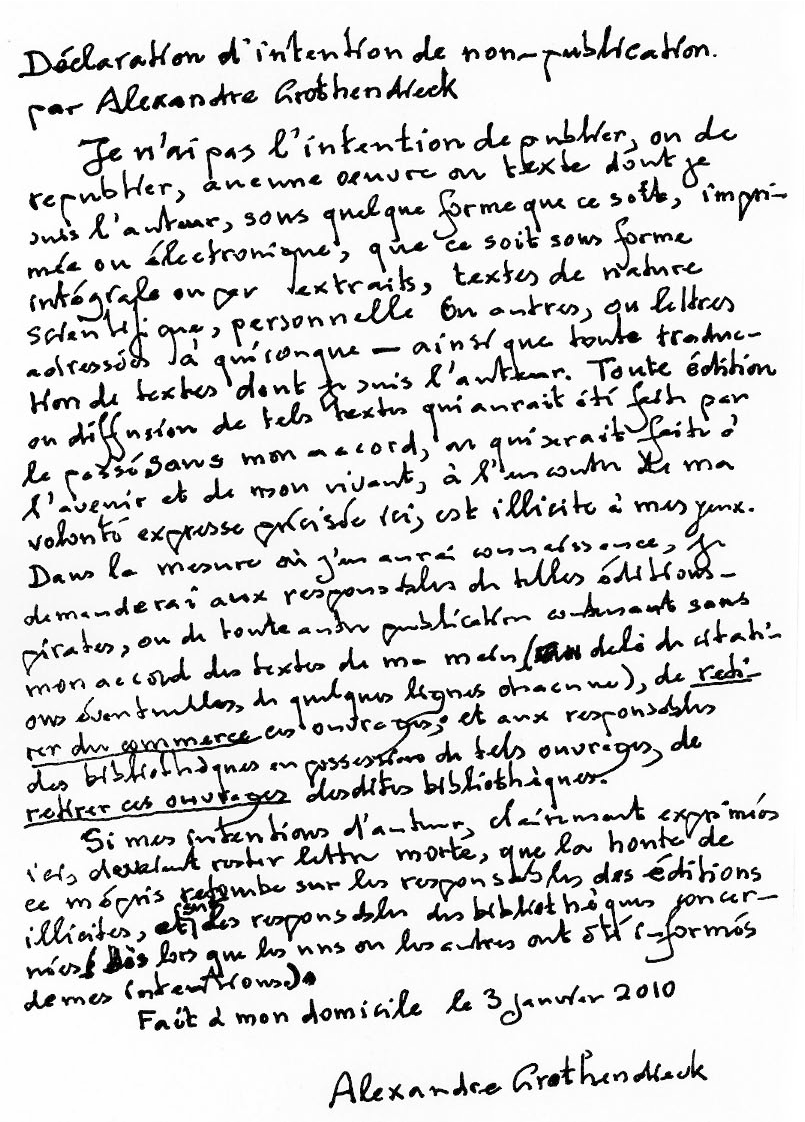Our goal for today is to prove the following theorem:
Theorem 1: Let be a projective algebraic curve of genus
and
an endomorphism of degree
. Let
be a reasonable cohomology theory. Then the action of
on
has eigenvalues which are algebraic integers, with norm
.
For those who know the term, “reasonable cohomology theory” means “Weil cohomology theory”.
The consequence of this theorem, which does not mention cohomology, is
Theorem 2: Let be a projective algebraic curve of genus
and
an endomorphism of degree
. Then there are algebraic integers
,
, …,
with norm
such that
.
In a previous post, we established this in characteristic zero, by putting a positive definite hermitian structure on such that
became unitary. But, as I discussed last time, we can’t define
when
has characteristic
. Instead,
will be defined over some other field of characteristic zero, like
. We will therefore need to know that the eigenvalues of
are algebraic integers before we can even make sense of the statement that they have norm
.
It is possible to take the proof I present here and strip it down to its bare essentials, to give a proof of Theorem 2 which doesn’t even mention cohomology. See Hartshorne Exercise V.1.10. I am going to do the opposite; I will go slowly and focus on what each step is proving about . The essential argument here is Weil’s, although I have modernized the presentation.
